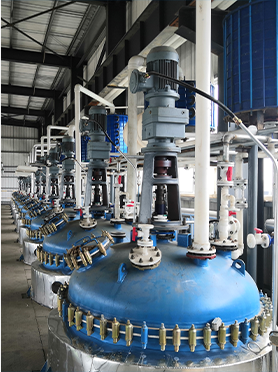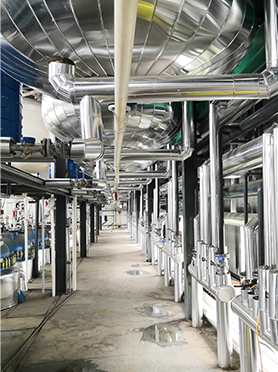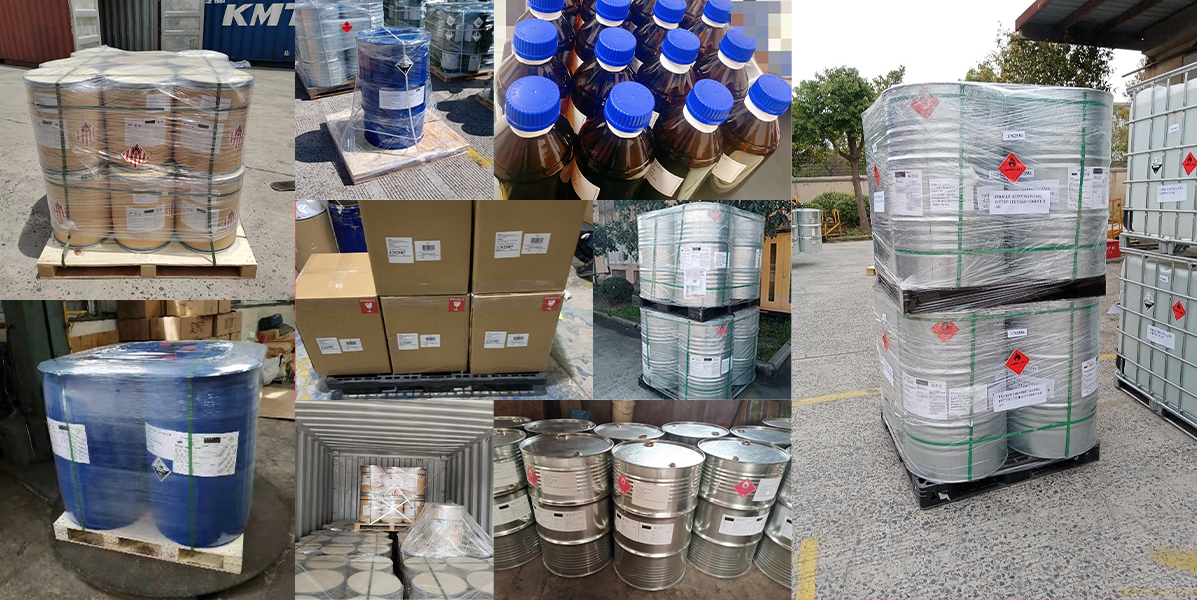When selecting a desulfurizer for industrial gas purification, particularly for H2S removal, both iron oxide desulfurizers and activated carbon are prominent options. While activated carbon is known for its broad adsorption capabilities, iron oxide desulfurizers often present a more cost-effective and specialized solution for targeted H2S removal. As a manufacturer focused on providing high-value chemical auxiliaries, understanding these differences is key for industrial purchasers.
Iron oxide desulfurizers, typically in pellet or granular form, utilize a chemical reaction to capture H2S. The primary active ingredient, ferric oxide (Fe2O3) or ferric oxyhydroxide (FeOOH), reacts with H2S to form stable sulfides. This chemical adsorption process typically results in a high sulfur loading capacity, often exceeding that of standard activated carbon for H2S. For example, many iron oxide desulfurizers can achieve a sulfur capacity of 20-35% by weight, whereas standard activated carbons might offer around 5-10% specifically for H2S. This means fewer kilograms of iron oxide desulfurizer may be needed for the same purification task, leading to lower material costs and reduced bed change-outs.
Activated carbon, on the other hand, relies on physical adsorption. While effective, its capacity for H2S can be influenced by factors like humidity and temperature, and it may require impregnation with chemicals to enhance its H2S removal performance. The regeneration of saturated activated carbon can also be more complex or less efficient compared to the straightforward chemical conversion in iron oxide systems. When considering the total cost of ownership, including the initial purchase price of the material, its lifespan, and disposal costs, iron oxide often emerges as the more economical choice for dedicated H2S removal applications.
The physical properties also play a role. Iron oxide desulfurizers are often engineered for high mechanical strength and water resistance, preventing attrition and fouling within the gas contactor. This robustness is crucial for industrial reliability. Manufacturers in China, like us, focus on producing these materials with consistent quality to ensure predictable performance. For companies looking to buy desulfurizing agents, evaluating the specific application requirements—such as gas composition, flow rate, temperature, and desired outlet purity—is vital in making the most cost-effective choice.
In summary, while activated carbon has its place in gas purification, iron oxide desulfurizers offer a compelling blend of high H2S removal capacity, robust physical characteristics, and superior cost-effectiveness for targeted applications. We encourage prospective buyers to consult with our technical team to determine the optimal desulfurizer solution for their specific industrial needs, ensuring efficient and economical gas purification.
Manufacturing Facilities






Professional Export Experience
to Global Customers

1. 20 years of R&D, manufacturing and sales experience, serving customers in 60 countries and regions around the world;
2. Own R&D laboratory, pilot platform and large-scale production workshop, which can meet the audit requirements of global customers;
3. We can satisfy customers' perfect transition from small scale lab requirements (gram level) to commercialization requirements (hundred tons level).
A: We don't have Minimum Order Quantity, exact quantity should be provided before quotation for us to calculate the exact cost.
A: We don't provide free samples due to lots of request and expensive international courier's cost, we can deduct the sample charge after commercial order placed.
A: Our payment terms: Small or sample order: T/T IN ADVANCE. Commercial order: First order should be by T/T IN ADVANCE or L/C at sight, and following orders T/T 30~90days is acceptable subject to approval of credit application.